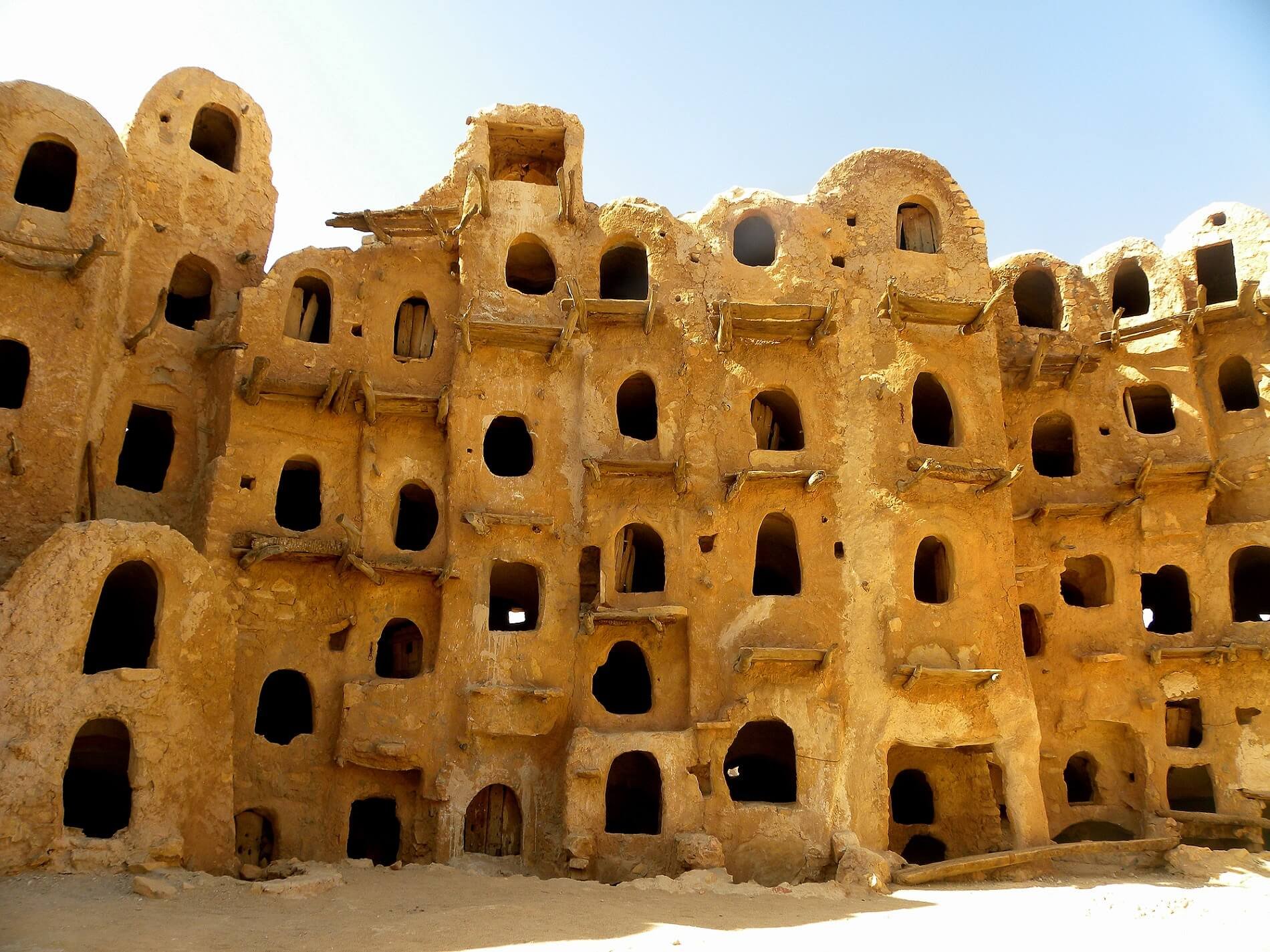On 8 March, details started to emerge from the UN Libya Experts Panel report regarding not only the scale of corruption in Libya’s banking and financial institutions, but also their administrative inadequacies. In particular, the report outlines that in 2012 the Libyan Investment Authority (LIA) had a total sum of assets of US$67 billion, which has now decreased to US$34 billion. It is claimed by the institutions responsible for safeguarding the funds that the assets freeze imposed by the UN is responsible for the deprecation of value of these assets – due to, for example, a prohibition of the LIA from managing the assets that prevent ways to yield competitive returns, an inability to reinvest, and an inability to optimize investment opportunities and so forth. As a result of these findings, the Panel has reportedly stated that they are currently continuing to investigate the losses.Amongst its many other findings, the UN report named both Libya’s Jumhoriya Bank and the Libyan Foreign Bank (LFB) as conduits for major corrupt financial procedures and the provision of Letters of Credit to militias in Tripoli and elsewhere. Additionally, it revealed specific details relating to the involvement of militias in other money-making activities such as fuel smuggling and human trafficking. On 11 March, a leaked letter from the Central Bank of Libya (CBL) to the LFB reportedly revealed the substandard state of governance in the LFB and exposed major losses due to negligence and poor investments of over USD$400 million in the last year.These revelations were compounded by a Belgian paper alleging that $10 billion of Libya’s frozen reserves held at Euroclear Bank went ‘missing’ in Belgium. The money reportedly disappeared sometime between 2013 and 2017 from four LIA and Libyan Foreign Investment Company (LAFICO) bank accounts, which at the end of 2013 held as much as 16 billion euros. This has triggered widespread scepticism of the LIA and the GNA’s approach towards Libya’s frozen funds. On 9 March, the LIA released a statement denying that assets had gone missing, as have the Belgian Foreign and Finance Ministers.Allegations of deep-seated corruption and administrative shortcomings within Libya’s formal and informal financial institutions are nothing new. However, this latest UN report provides significant detail on the nature of the corruption and key entities and individuals alleged to be involved. As a result, this could lead to a backlash by or against some of these institutions, both domestically and internationally, and could lead to further economic instability within Libya. Nevertheless, the Libyan authorities do not currently have the capacity to launch an investigation into these allegations nor do they have they have the capacity or tools through which to try to halt such activity. Consequently, the levels of corruption and inefficiency are unlikely to change any time soon.

